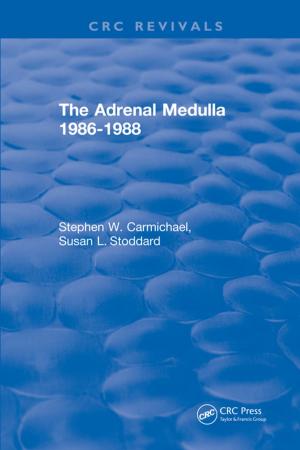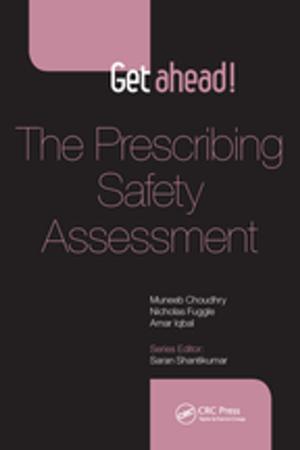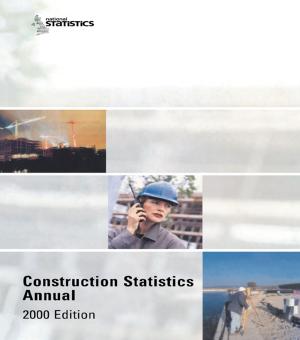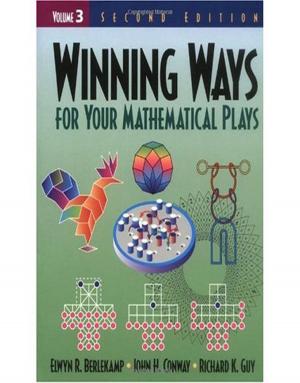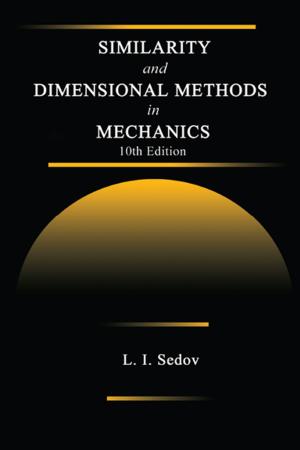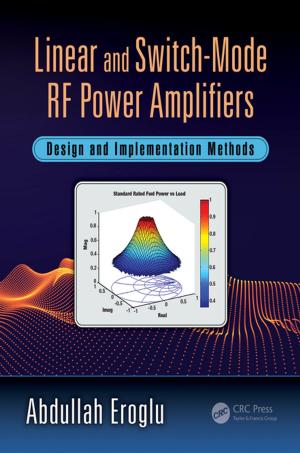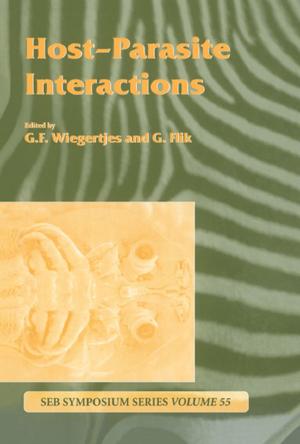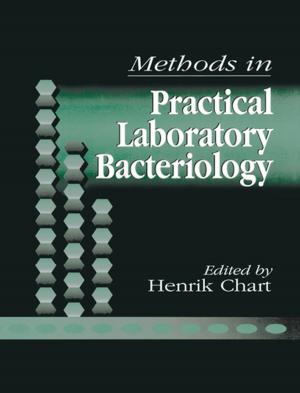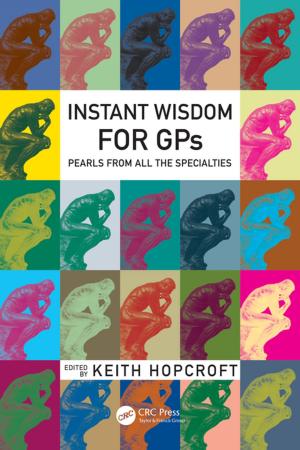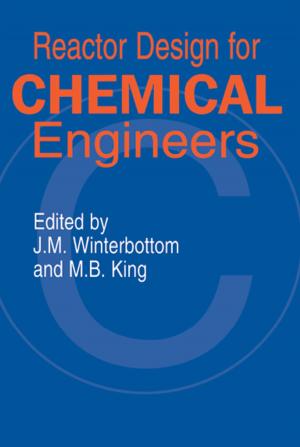Essentials of Probability Theory for Statisticians
Nonfiction, Science & Nature, Mathematics, Probability, Statistics| Author: | Michael A. Proschan, Pamela A. Shaw | ISBN: | 9781498704229 |
| Publisher: | CRC Press | Publication: | September 3, 2018 |
| Imprint: | Chapman and Hall/CRC | Language: | English |
| Author: | Michael A. Proschan, Pamela A. Shaw |
| ISBN: | 9781498704229 |
| Publisher: | CRC Press |
| Publication: | September 3, 2018 |
| Imprint: | Chapman and Hall/CRC |
| Language: | English |
Essentials of Probability Theory for Statisticians provides graduate students with a rigorous treatment of probability theory, with an emphasis on results central to theoretical statistics. It presents classical probability theory motivated with illustrative examples in biostatistics, such as outlier tests, monitoring clinical trials, and using adaptive methods to make design changes based on accumulating data. The authors explain different methods of proofs and show how they are useful for establishing classic probability results.
After building a foundation in probability, the text intersperses examples that make seemingly esoteric mathematical constructs more intuitive. These examples elucidate essential elements in definitions and conditions in theorems. In addition, counterexamples further clarify nuances in meaning and expose common fallacies in logic.
This text encourages students in statistics and biostatistics to think carefully about probability. It gives them the rigorous foundation necessary to provide valid proofs and avoid paradoxes and nonsensical conclusions.
Essentials of Probability Theory for Statisticians provides graduate students with a rigorous treatment of probability theory, with an emphasis on results central to theoretical statistics. It presents classical probability theory motivated with illustrative examples in biostatistics, such as outlier tests, monitoring clinical trials, and using adaptive methods to make design changes based on accumulating data. The authors explain different methods of proofs and show how they are useful for establishing classic probability results.
After building a foundation in probability, the text intersperses examples that make seemingly esoteric mathematical constructs more intuitive. These examples elucidate essential elements in definitions and conditions in theorems. In addition, counterexamples further clarify nuances in meaning and expose common fallacies in logic.
This text encourages students in statistics and biostatistics to think carefully about probability. It gives them the rigorous foundation necessary to provide valid proofs and avoid paradoxes and nonsensical conclusions.

